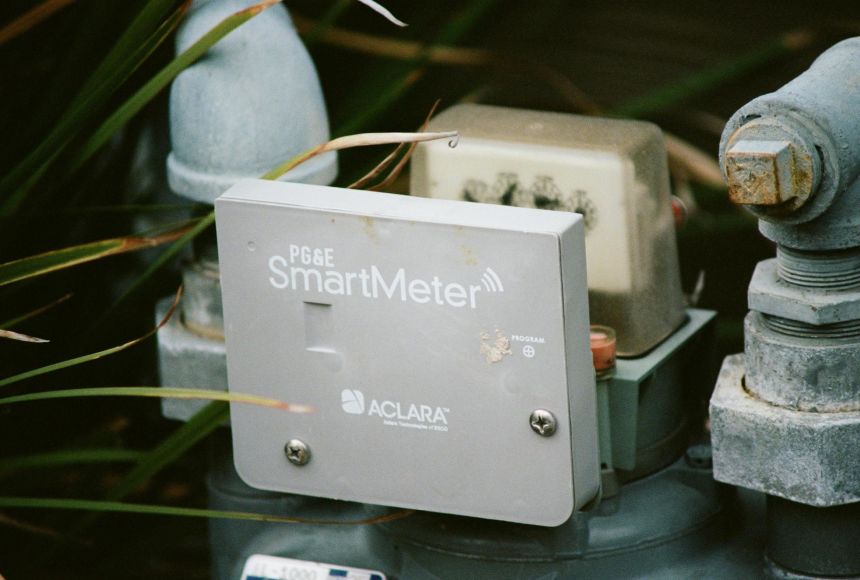Since humans began living in cities more than 6,000 years ago, they’ve had to address the same problems: sanitation, crime, congestion, tax collection, maintenance of public facilities, and emergency services. In addition, important technological innovations require infrastructure: the electric grid; telephone and cell-phone networks; internet (including fiber optic and cable networks); hot and cold running water; water and waste treatment; garbage and recycling removal; public parks and recreation facilities; rail, light rail, and automotive streets, roads, thoroughfares, and rights-of-way.
Today, cities are getting “smarter” to provide for improved delivery and quality of services through continuous monitoring of residents and infrastructure, and relatively instantaneous communication of suboptimal performance. To a large extent, this requires heavy reliance on automation, connectivity to the internet, and what is referred to as the “Internet of Things (IoT).” (Internet of Things refers to connecting devices to the internet that can be controlled or can be used to send control information).
A smart city, then, is a city in which a suite of sensors (typically hundreds or thousands) is deployed to collect electronic data from and about people and infrastructure so as to improve efficiency and quality of life. Residents and city workers, in turn, may be provided with apps that allow them to access city services, receive and issue reports of outages, accidents, and crimes, pay taxes, fees, and the like. In the smart city, energy efficiency and sustainability are emphasized.
Smart Transportation
A variety of “smart transportation” systems can be implemented in a smart city. For example, smart cities may implement a smart traffic flow management system, which can combine a central control system with controls for traffic lights and sensors for detecting delays or the amount of traffic at particular intersections. The control system can adjust the timing of the lights based on the amount of traffic and how well that traffic is flowing. Some systems can adjust timing, for example, for buses or emergency vehicles as well. Further, some systems may monitor conditions (or receive reports of conditions) on main highways and major roads and adjust timing on major roads and alternate routes to compensate.
Smart toll roads may also be provisioned. For example, sensors may be installed that detect when a car passes a toll plaza and deduct the toll from a user account. In addition, a variable toll may be assessed based on traffic conditions. For example, express toll lanes may be implemented that monitor traffic and charge a greater amount based on the amount of usage of the lane.
In addition, cities, or parts of cities, may be provided with a smart parking-meter network. Parking meters may, for example, be equipped with sensors or other monitors that communicate with a central server and a user app to advise when a parking spot is available and guide a driver to it. Such meters may be able to automatically charge a parker for using the spot and advise the user and, potentially, law enforcement when the meter time has expired.
A more complicated new technology being proposed for smart cities is autonomous (driverless) vehicles. In addition to user-owned and operated vehicles, use of electric, autonomous vehicles in a ride-share system has been proposed. Such autonomous vehicles could communicate with one another to execute maneuvers (such as lane changes, etc.) more rapidly and in a smaller space. In particular, vehicles could be “platooned,” i.e., driven much closer together in coordination than is possible (or desirable) with human drivers. In proposals in which the vehicles are electric vehicles, wireless charging stations could be provided on roadways. When a vehicle stops at a stoplight, for example, it could pick up a bit of a charge.
Smart Energy
The goal of any electric grid is to provide enough power when needed (with efficiency) and minimize downtime and damage when faults occur.
One method for dealing with this is through the use of smart meters, which are digital. Electric meters can be used to replace the old, mechanical meters that require personnel to “read” the meter once a month. They can provide more timely monitoring of a particular customer’s usage and communicate wirelessly, so that no one needs to enter a backyard. Smart meters may also allow the utility to identify a source of a power outage more rapidly.
In addition, control of the house’s electricity can be handled easily from a centralized location, without requiring a utility crew to go out to turn it on or off. Smart meters can also allow for differential rate provisioning. That is, a consumer can be charged more for higher usage during peak hours (and because the user has more timely access to his or her electric use, may be able to adjust that use accordingly).
In addition, some utilities have proposed the use of microgrids. These are groups of interconnected loads and sources that typically connect to the wider grid but can also be disconnected to operate autonomously as an “island.” Such microgrids can function as backups if there is a failure in the larger grid, but also can operate more efficiently.
Even such mundane features of urban life as streetlights may come to be networked as part of the smart city. Some cities, for example, are replacing old streetlights with those using more efficient light-emitting diodes, or LEDs. These new streetlights can also support cameras and other sensors for monitoring crowds or high-traffic areas. Sensors can even be installed to monitor pollutants.
Privacy Concerns
With the proliferation of sensors and data monitoring over many aspects of people’s lives, smart cities have raised concerns over privacy and data security. In this regard, the highest security possible should be expected, though it should be noted that anything connected to the internet is susceptible to being hacked.
